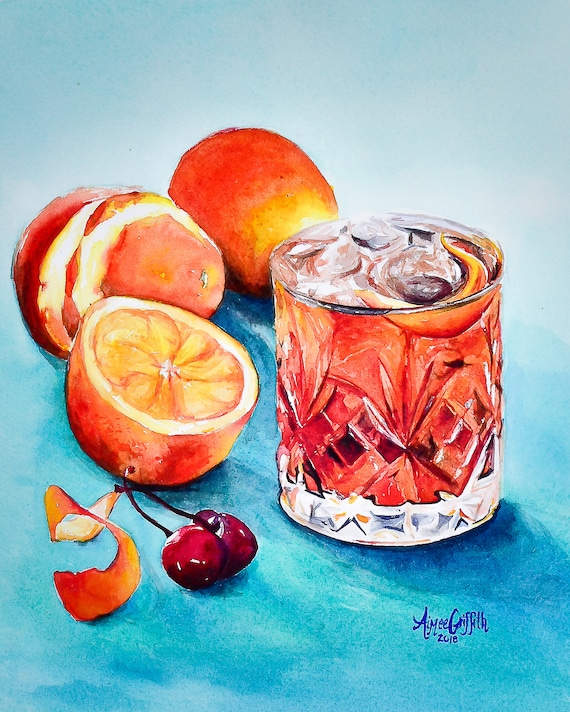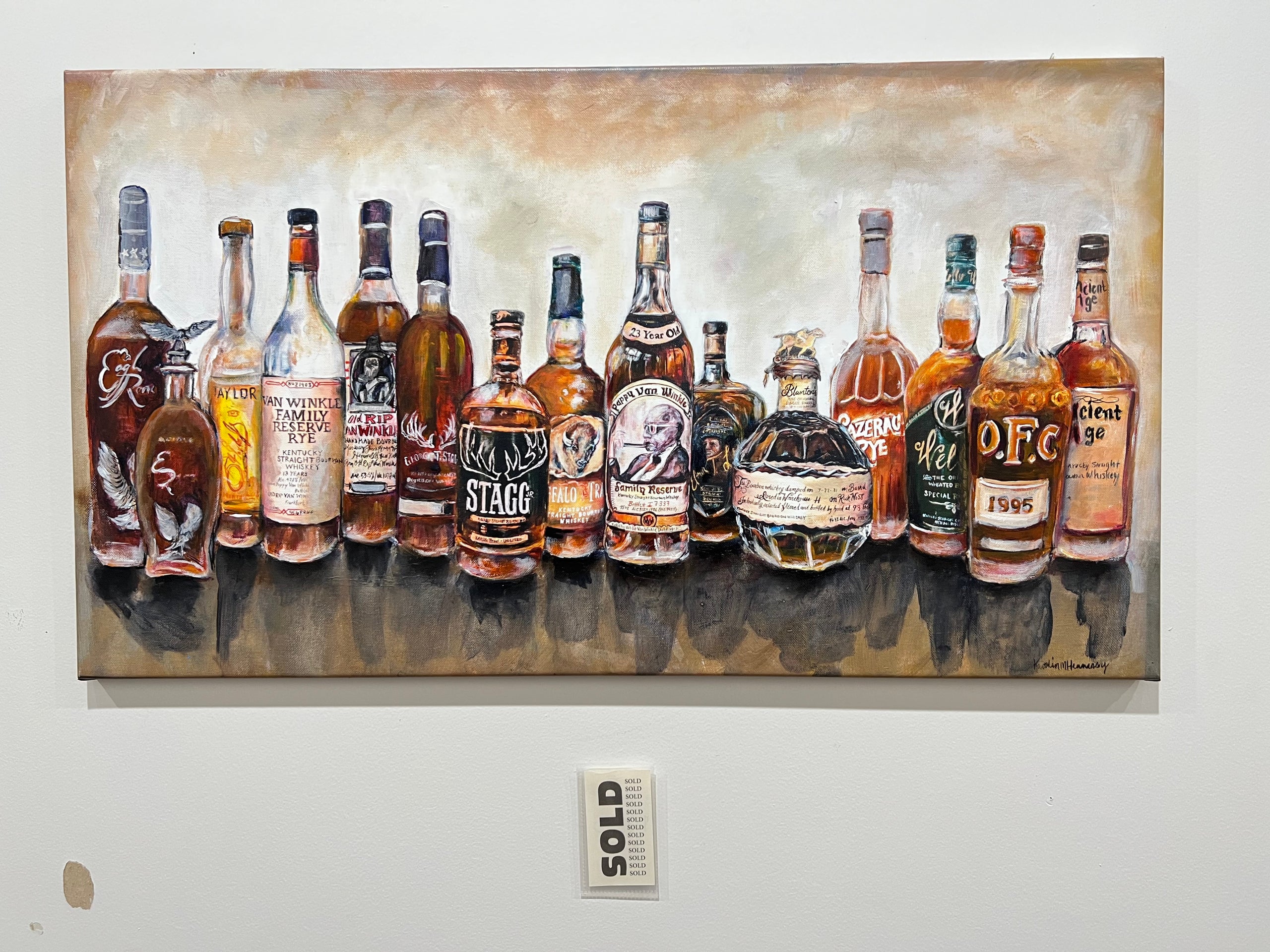Limited Edition: Discover Exclusive Bourbon Art Parts for Collectors
Limited Edition: Discover Exclusive Bourbon Art Parts for Collectors
Blog Article
The Significance of Whiskey Art in Celebrating Heritage and Craftsmanship in the Beverage Sector
The detailed relationship in between bourbon art and the celebration of heritage and workmanship within the beverage sector can not be overemphasized. Via attentively created tags and bottles, bourbon brand names encapsulate their historical origins and the artisanal abilities that define their production approaches. This imaginative dimension not only improves market allure however additionally functions as an avenue for social narration, cultivating a deeper link in between the craft and the customer. As we check out the various elements of this subject, appealing concerns about the influence of contemporary trends on typical methods arise, motivating additional examination.
The Historical Origins of Whiskey
At the heart of scotch's allure lies an abundant tapestry of historical origins that map back to ancient human beings. The origins of bourbon can be linked to the distillation techniques of the Sumerians and Babylonians around 2000 BCE, where early types of fermented grain drinks began to emerge. It was in the Center Ages that the art of distillation progressed dramatically, particularly in Ireland and Scotland, leading to the development of bourbon as we recognize it today.
The term "whiskey" itself stems from the Gaelic word "uisce beatha," indicating "water of life." This expression underscores the cultural relevance of bourbon in Celtic cultures, where it was often connected with routines, parties, and public bonding. By the 15th century, purification became an acknowledged craft within monastic neighborhoods, leading the means for the facility of lawful distilleries.
As profession courses increased, whiskey's popularity grew, transcending regional boundaries and capturing the interest of connoisseurs worldwide. Whiskey Art. This historical journey reflects not only the craftsmanship behind whiskey production but also its integral role in social and cultural contexts, noting it as a substantial drink throughout background
Artistic Expression in Branding
Scotch branding stands as a compelling crossway of virtuosity and commerce, where visual identity plays an important function in forming consumer assumption. The looks of scotch labels, product packaging, and advertising materials reflect not only the brand name's tale however also its core values and heritage. Via imaginative expression, distilleries communicate a narrative that reverberates with customers, evoking emotions and triggering links.
The usage of color, typography, and images in branding serves to set apart items in a saturated market. For example, typical themes might evoke a feeling of authenticity and workmanship, while modern layouts can symbolize innovation and forward-thinking. This calculated artistic direction boosts brand acknowledgment and commitment, enabling customers to forge a personal partnership with the whiskey they select.
In addition, artistic expression in branding commonly serves as an event of local heritage. Distilleries regularly incorporate regional icons or historical recommendations right into their layouts, creating a sense of location that welcomes customers to take part in a wider social experience. Inevitably, the artistry behind scotch branding not only improves aesthetic allure but also enhances the general story of the brand name, cultivating a deeper gratitude for the craftsmanship and heritage embedded in each bottle.
Workmanship in Container Layout
The virtuosity noticeable in whiskey branding extends beyond visual identity to encompass the craftsmanship associated with bottle style. Each bottle works as a vessel not just for the spirit within, however likewise for the story it outlines its high quality, custom, and origin. The design procedure calls for thorough focus to information, as aspects such as form, closure, and product add substantially to the general perception of the bourbon.
Workmanship in bottle style includes choosing premium glass that can boost the whiskey's shade and quality, while also providing a responsive experience for the consumer. The silhouette of the bottle should be both practical and cosmetically attractive, often reflecting the heritage of the brand name. Several distilleries go with one-of-a-kind shapes or click for info embossed logo designs that evoke a feeling of authenticity and history.
In addition, the label layout and typography play a vital role in connecting the brand's story. Limited Edition. A well-crafted bottle not just captivates the customer's eye but likewise reinforces the brand name's commitment to high quality and tradition. This way, the craftsmanship of bottle layout becomes an important facet of the whiskey experience, combining artistry with a profound regard for heritage
Cultural Relevance of Bourbon Art
Celebrating custom and workmanship, the cultural relevance of whiskey art transcends simple aesthetic appeals, linking with the social and historical stories of the areas from which it comes from. Each container serves as a canvas, portraying the one-of-a-kind stories, folklore, and customs that have actually formed local whiskey-making methods. The detailed designs typically show the heritage of the click for more info distillers, including symbols and motifs that resonate with the society and worths of their areas.

In addition, scotch art plays a vital function in public gatherings and parties, working as a concrete web link between people and their shared experiences. By valuing the artistry in scotch product packaging, consumers grow a much deeper understanding and respect for the craft, eventually improving their enjoyment of the beverage itself.
Modern Trends in Bourbon Discussion
In the last few years, the discussion of bourbon has actually developed to show modern preferences and trends while still honoring standard workmanship - Bourbon Art. Distilleries are progressively concentrating on aesthetic elements that improve the total alcohol consumption experience, bridging the space between heritage and modernity
Cutting-edge container designs have arised, usually including sustainable materials and creative labels that inform compelling stories. Several brands now work together with local musicians, infusing their items with one-of-a-kind aesthetic expressions that reverberate with customers. In addition, limited-edition launches are frequently packaged in collectible containers, adding value and appeal for connoisseurs.

Verdict
In verdict, scotch art serves as an important channel for revealing the heritage and craftsmanship inherent in the beverage sector. Via complex branding, ingenious bottle designs, and culturally substantial imaginative aspects, scotch brands effectively recognize their customs and link with consumers.


Craftsmanship in bottle layout includes choosing top quality glass that can enhance the bourbon's color and clarity, while additionally supplying a tactile experience for the customer. In this method, the craftsmanship of container style becomes an essential element of the whiskey experience, combining creativity with a profound regard for heritage.
In conclusion, bourbon art serves as a vital avenue for expressing the heritage and workmanship fundamental in the drink market.
Report this page